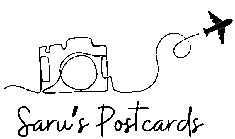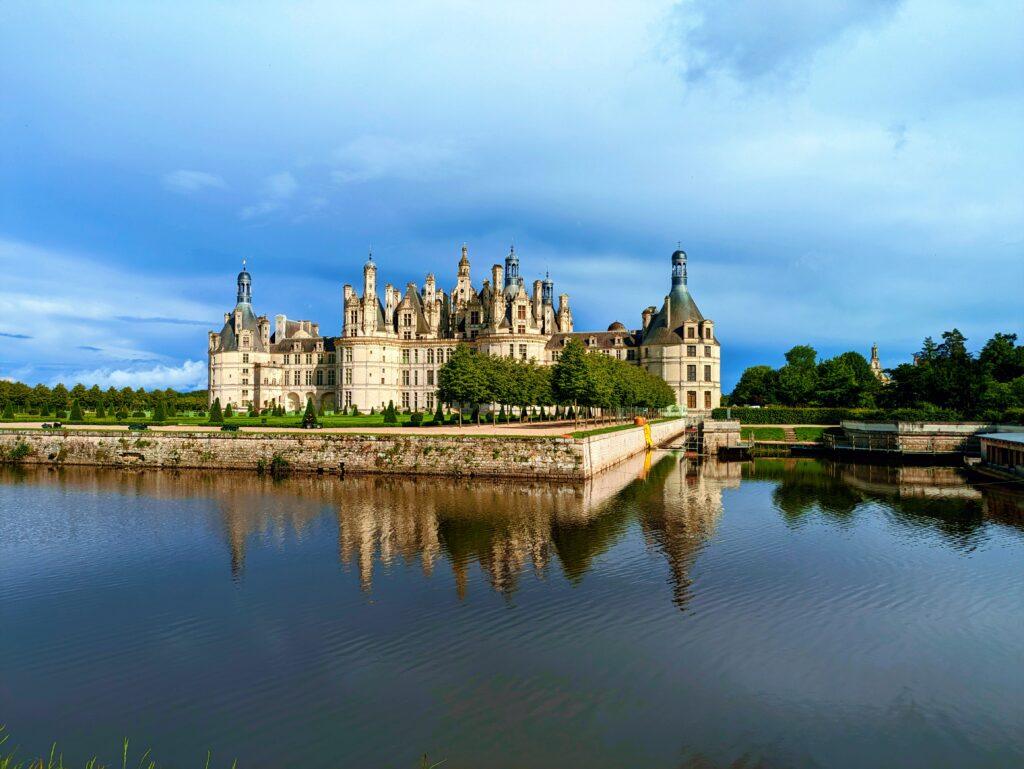Few castles capture the imagination like Château de Chambord. Towering over the Loire Valley, this massive Renaissance masterpiece was built as a royal hunting lodge for King Francis I, but it quickly became a symbol of ambition and grandeur. Surrounded by thousands of hectares of forest and parkland, Chambord’s towered silhouette, ornate chimneys, and the legendary double-helix staircase make it instantly recognizable and unlike any other castle in the region.
Visiting Chambord isn’t just about seeing a building—it’s about experiencing a vision of royalty, art, and architectural ingenuity that still inspires awe centuries later.
If you enjoy Loire Valley castles, check out my Chenonceau Castle blog for a personal diary of the famous “Château des Dames,” or my France travel guide for more hidden gems across the country.
Arriving at Château de Chambord
Driving toward Chambord, the first glimpse of its towered silhouette against the horizon is unforgettable. Its position in the Loire Valley, surrounded by 13,000 hectares of forest and parkland, gives it a commanding presence. It immediately feels both grand and secluded, as if stepping into a living fairytale.
You realize quickly how vast and impressive the château is—its countless towers, turrets, and roofline details make it feel monumental. Stepping into the forecourt, I could almost imagine the kings and nobles who once gathered here for hunting parties and celebrations.
Exploring the Art and Architecture of Chambord
Chambord is a masterpiece of French Renaissance architecture. Every façade, tower, and dormer is richly detailed, reflecting both artistic vision and royal ambition.
Double-Helix Staircase
Perhaps the most famous feature is the double-helix staircase, designed so two people can ascend without ever meeting. Its ingenious design is often attributed to Leonardo da Vinci and remains a marvel of architectural innovation.
State Rooms and Halls
Inside, the château’s state rooms and halls are adorned with rich woodwork, tapestries, and artwork. The grandeur is palpable—each space reflecting the opulence and taste of Renaissance royalty.
Terraces and Rooftop Walkways
Climbing to the terraces and rooftop walkways provides panoramic views of the surrounding forest and parklands. From here, the sheer scale of the château becomes clear, and the intricate roofline with its dozens of chimneys and spires is a sight to behold.
The combination of art, architecture, and clever design throughout the castle makes every corner fascinating. Unlike smaller châteaux, Chambord’s size gives a sense of ambition that is unmatched.
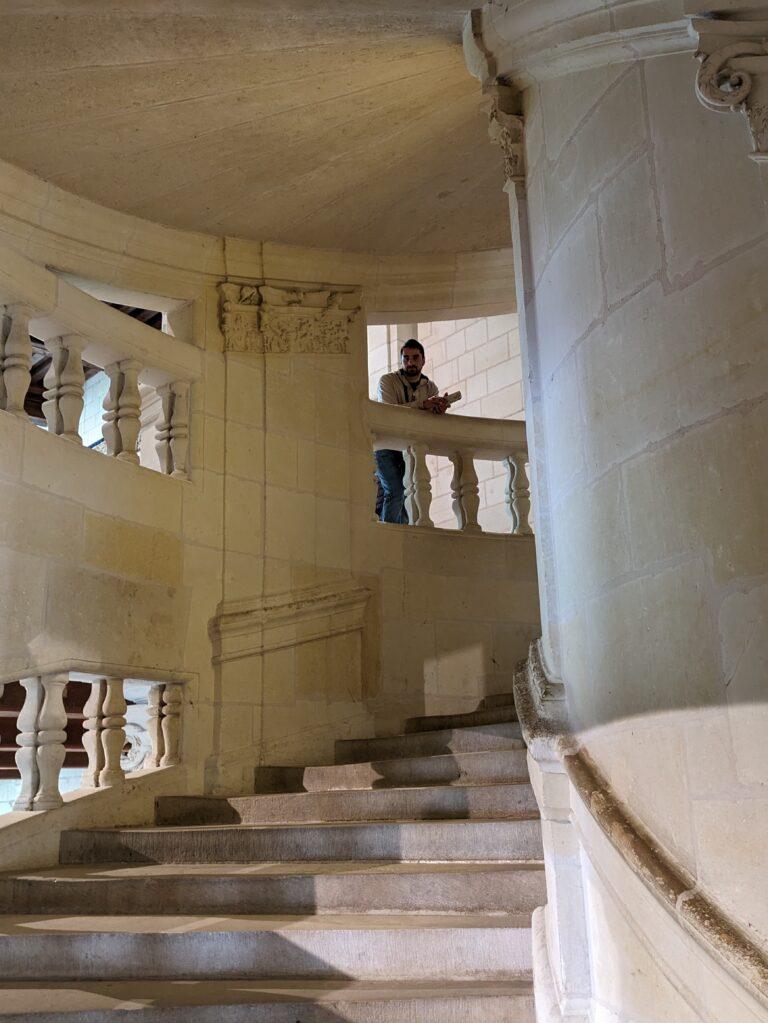
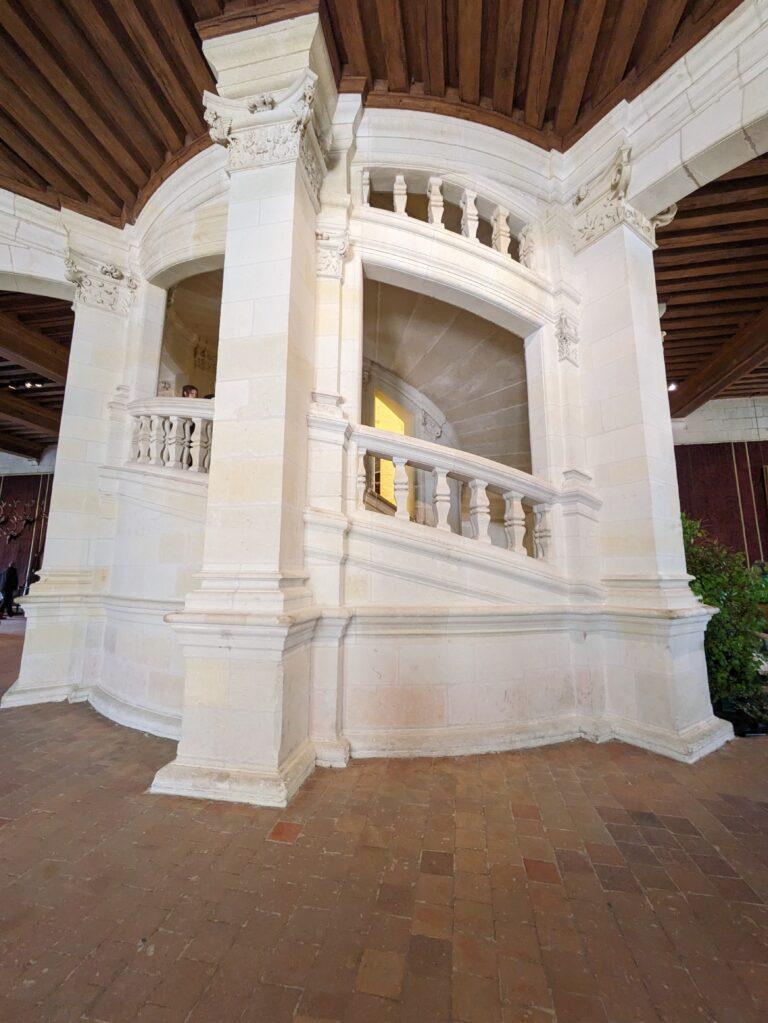
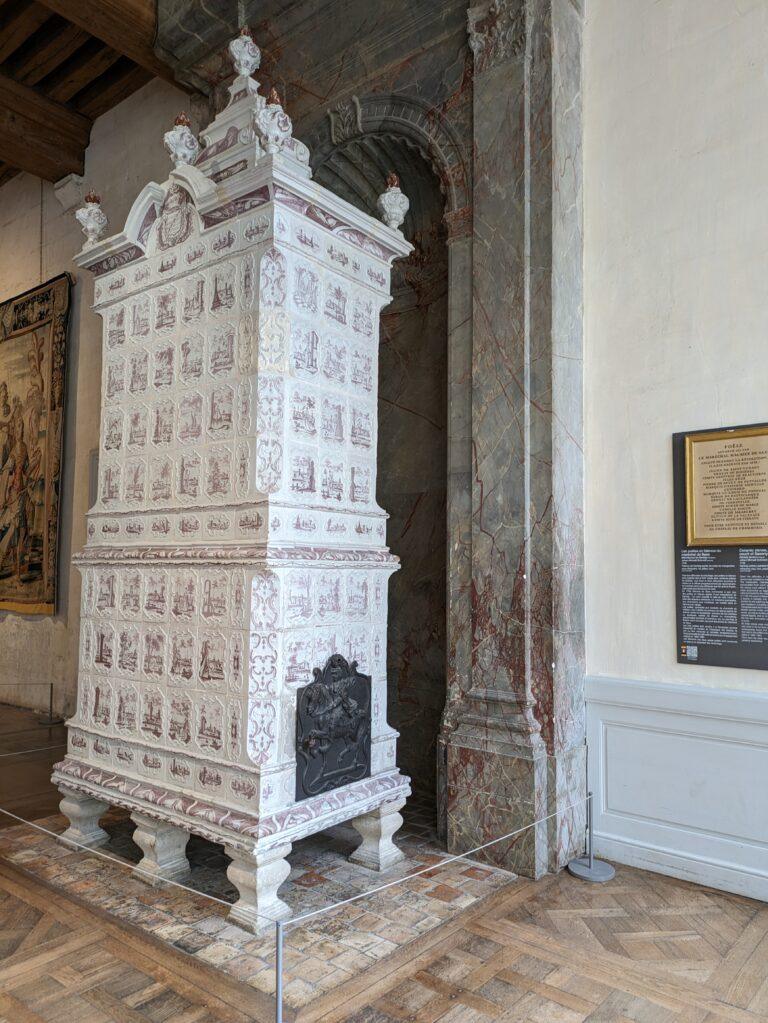


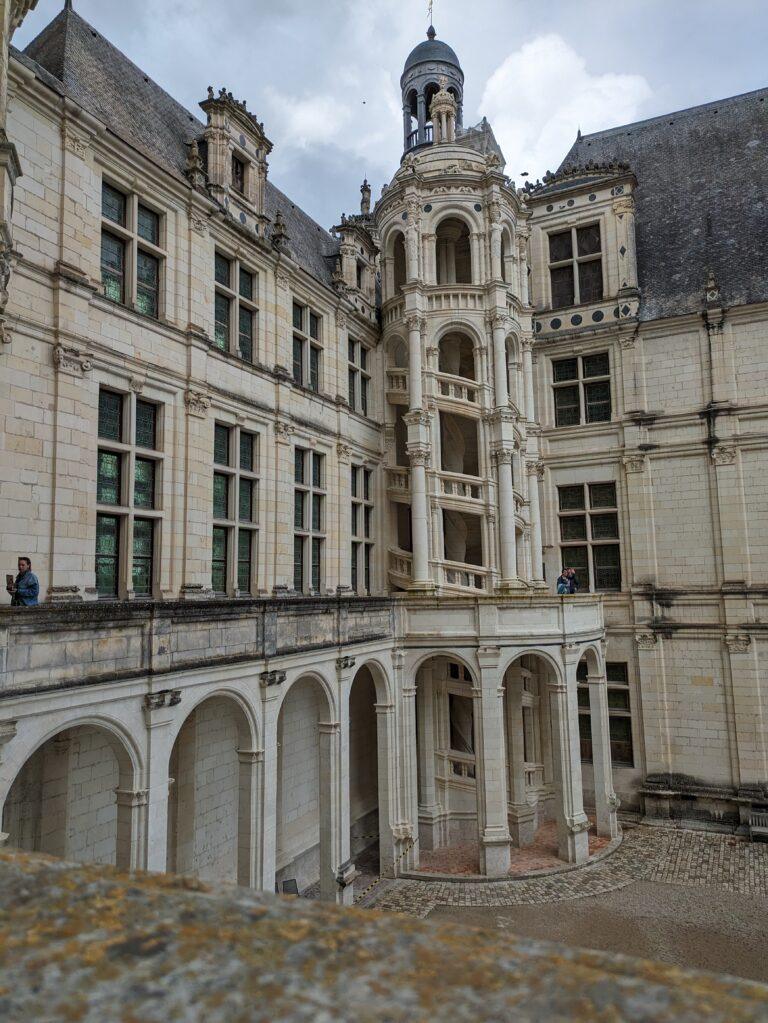
Little History of Château de Chambord
Chambord was commissioned by King Francis I in the early 16th century as a hunting lodge, but it was intended to impress all of Europe. It became a symbol of royal power, ambition, and French Renaissance innovation.
Its location in the Loire Valley was both strategic and symbolic, surrounded by forest for hunting and waterways for defense. Despite its immense size, Chambord was never a full-time royal residence, giving it an air of ceremonial grandeur rather than domestic intimacy.
Through wars and time, Chambord was largely spared destruction, preserving its architecture and artwork for future generations. Walking through it today, one can almost imagine royal life in all its splendor.
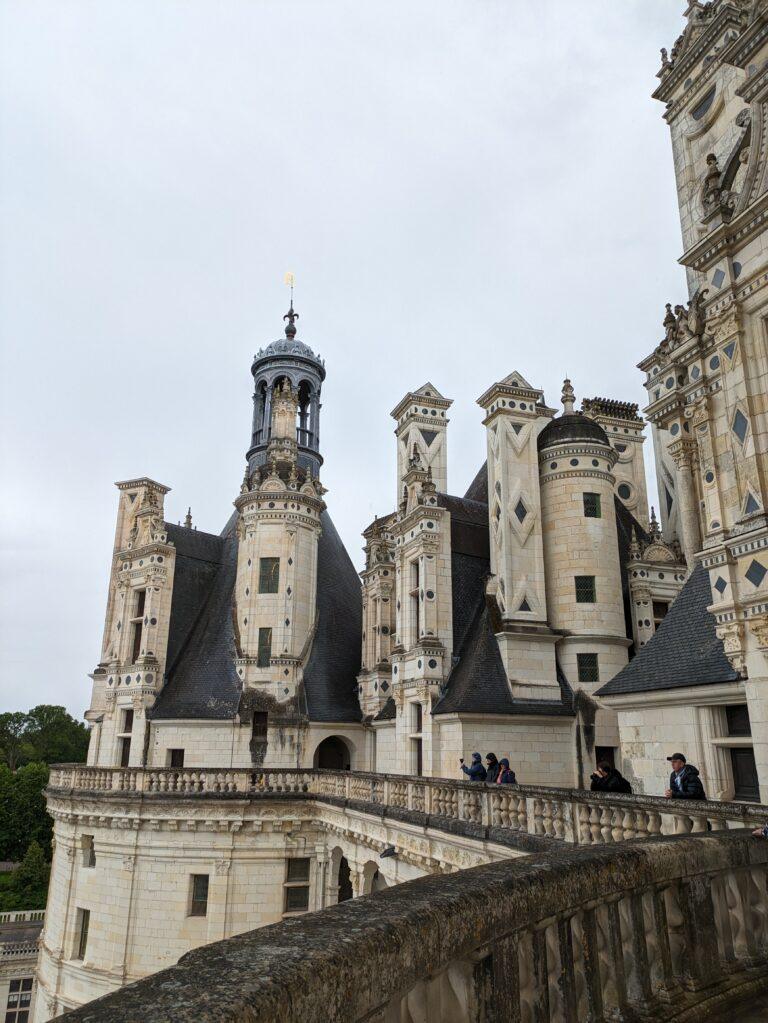

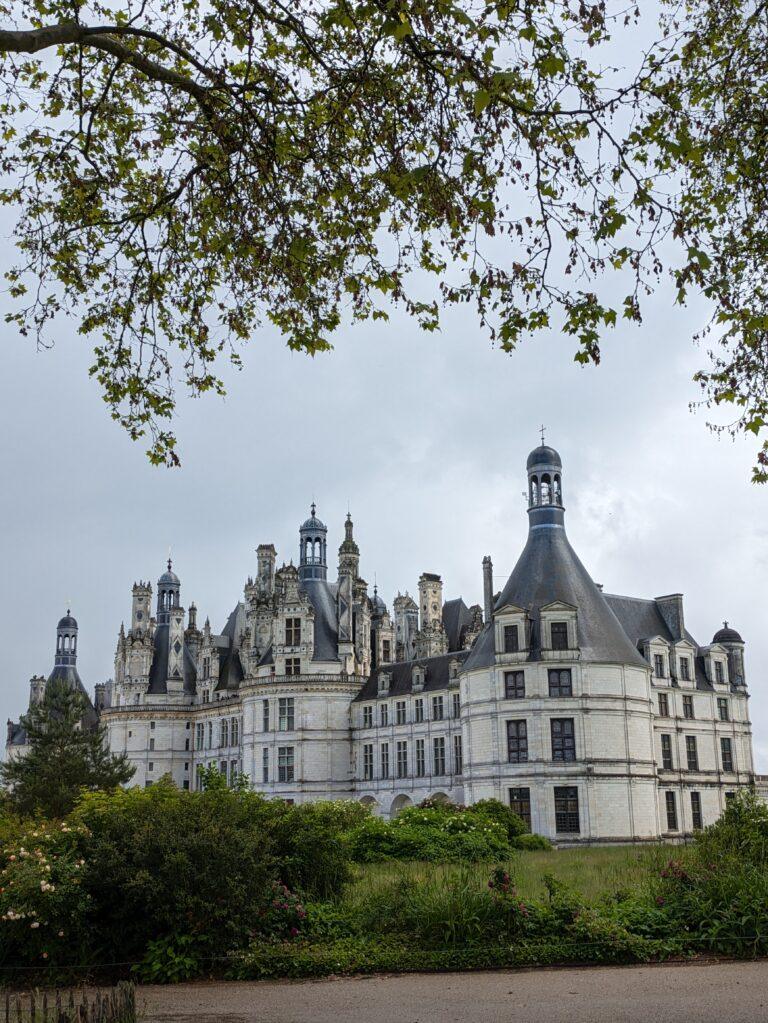
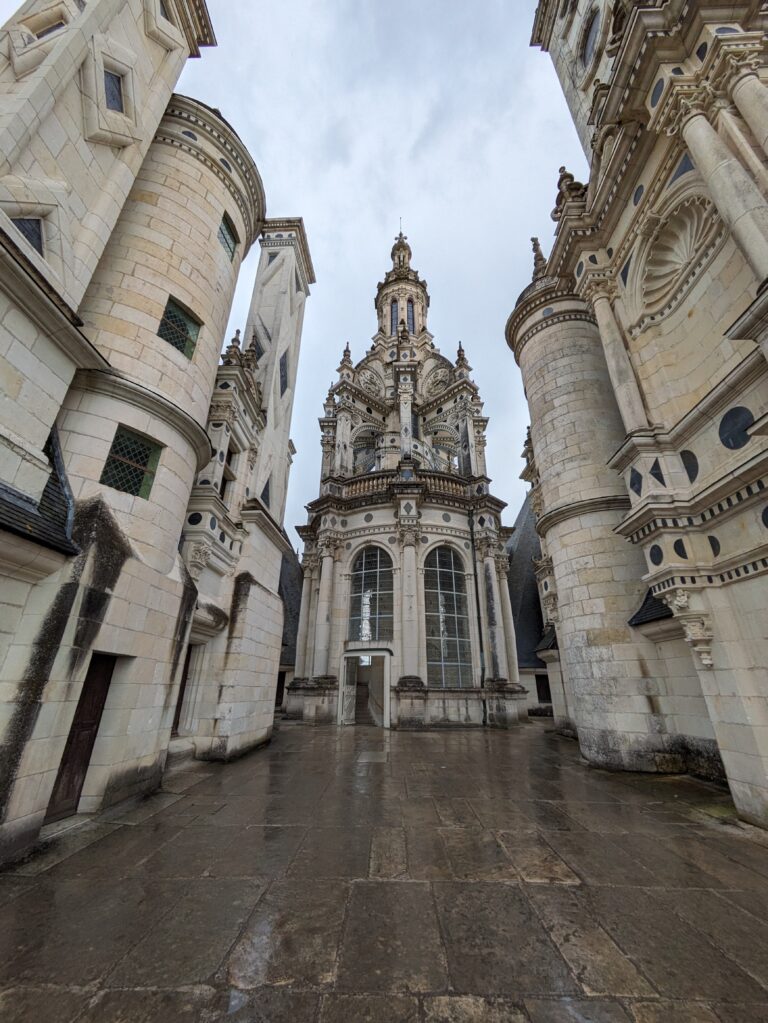
Why Château de Chambord Stands Out
For me, Chambord is not just a castle to admire—it’s a living monument to history, art, and architecture. Its combination of scale, innovation, and setting in the Loire Valley’s parklands makes it unlike any other castle.
Every visit is humbling. The château is a testament to royal ambition, artistic genius, and architectural mastery. From climbing the double-helix staircase to admiring the intricate rooflines, every corner tells a story of vision and grandeur.

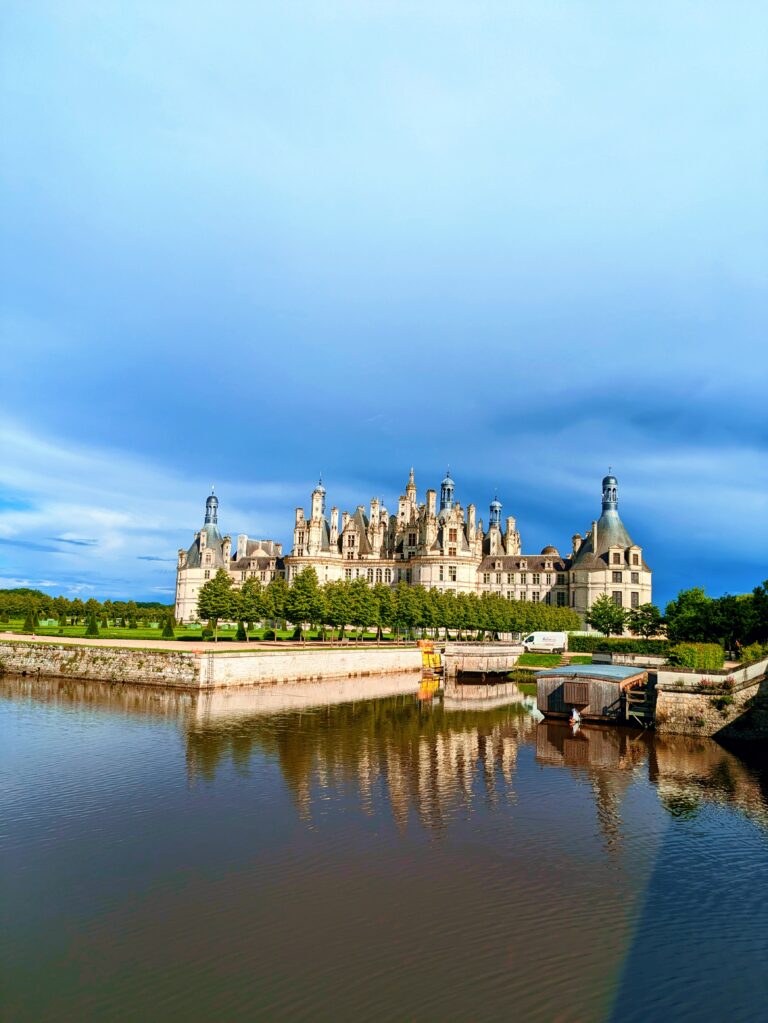
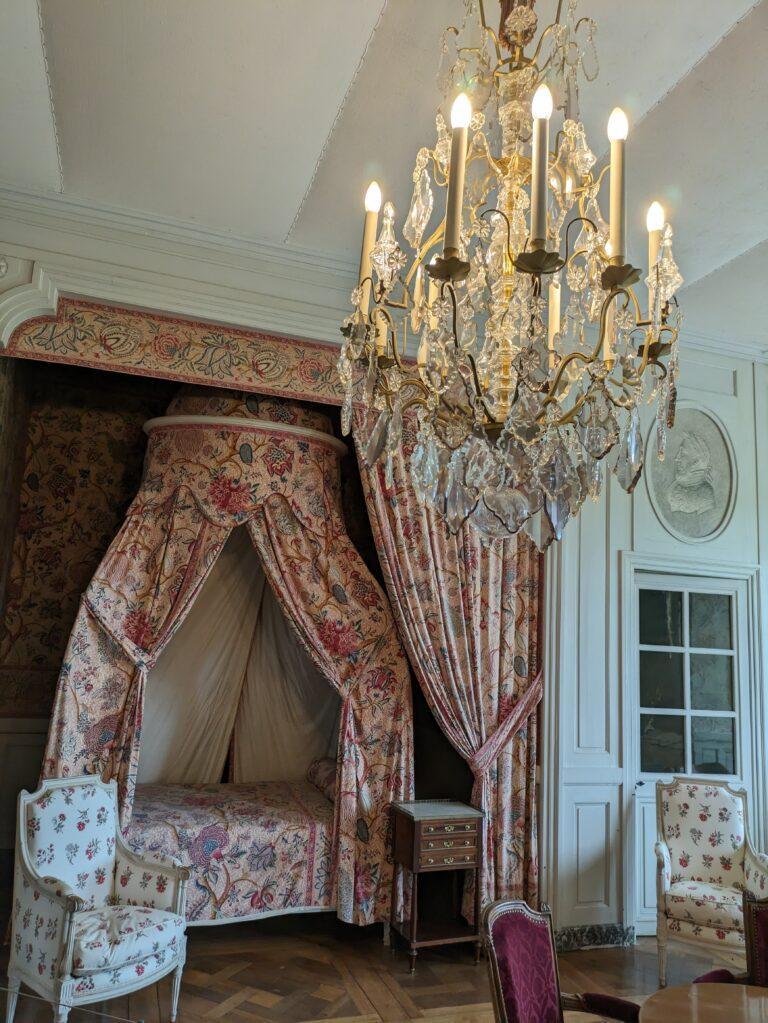
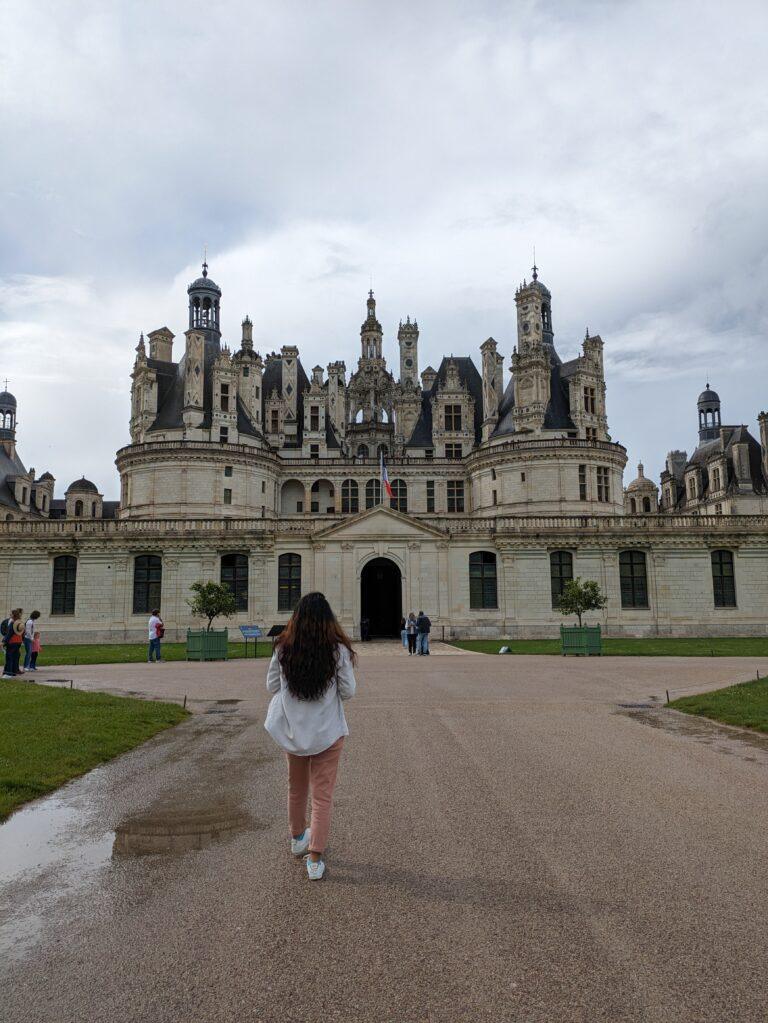
Practical Information for Visiting Château de Chambord
📍 Location: Chambord, Loire Valley, France.
🚗 By Car: About 2 hours from Tours, with parking on site.
🚆 By Train: Take a train to Blois-Chambord, then a short taxi ride.
🚌 By Bus: Seasonal shuttles operate from nearby towns.
⏰ How long to spend: At least 3–4 hours to explore the castle, terraces, and park.
For official opening times, tickets, and seasonal events, visit the Château de Chambord official website.
Tips for Visiting Château de Chambord
🌸 Best time to visit:
Spring (April–May): Flowers bloom, and the park is vibrant.
Summer (June–August): Long days allow full exploration.
Autumn (September–October): Fewer crowds, golden light over the park.
⏰ Best time of day: Early morning or late afternoon for softer light and better photos.
📷 Photo tips: The terraces and rooftop walkways provide panoramic views; the façade is best photographed from the forecourt.
👟 Wear comfortable shoes: Walking through the castle and its vast park requires stamina.
🥖 Bring a picnic: There are picnic areas in the park where you can relax after touring the château.
Experiencing Chambord Like a Royal
Walking through Chambord and its park, it’s easy to feel transported into another era. Imagine the royal hunts that once took place on these grounds, or the grand balls and celebrations inside its halls. The sheer scale of the château and its setting in pristine forest makes you feel both awe-inspired and contemplative.
Whether you’re exploring the rooftop terraces, wandering through state rooms, or enjoying the quietude of the surrounding parkland, Chambord delivers an experience that combines history, art, and nature in one breathtaking package.
Pairing Chambord with Other Loire Valley Castles
To truly appreciate the diversity of Loire châteaux, I recommend pairing Chambord with:
Villandry Castle: Famous for its exquisite gardens
Chenonceau Castle: A romantic riverside setting
Château d’Azay-le-Rideau: Intimate Renaissance beauty
Together, these castles offer a journey through the many faces of French history and elegance.
Final Thoughts
Château de Chambord is the crown jewel of the Loire Valley—grand, ambitious, and unforgettable. Its mix of art, history, and architecture leaves every visitor in awe.
💬 Have you ever visited Chambord Castle, or is it on your travel bucket list? Share your thoughts, tips, or favorite memories in the comments below—I’d love to hear your experiences!
✨ For more French travel inspiration, check out my other blogs:
Bookmark this post, plan your visit, and prepare to be transported into a world of Renaissance grandeur and timeless beauty.
